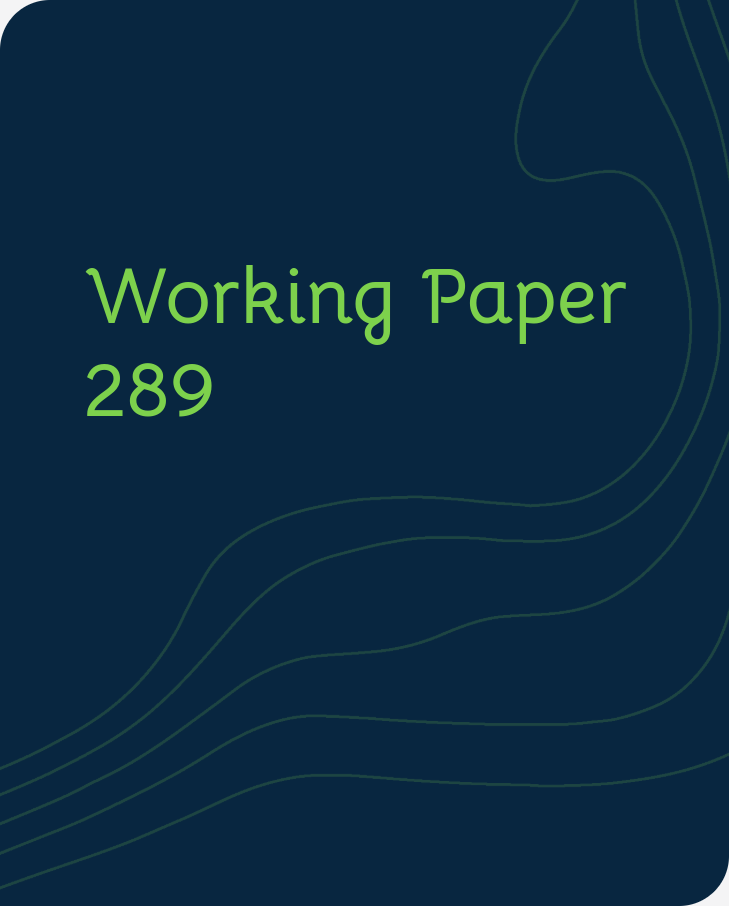Publication
Transition Report
Reform progress and transition indicators
Who we are
Overview: about the EBRDWho we are
Overview: about the EBRD
Learn about the EBRD's journey to investing more than €210 billion in over 7,400 projects.
What we do
Overview: how the EBRD operatesWhat we do
Overview: how the EBRD operates
Through projects, business services and involvement in high-level policy reform, we're doing more than ever before.
Work with us
Overview: how you can work with the EBRDWork with us
Overview: how you can work with the EBRD
We draw on three decades of regional knowledge and financial expertise to tailor our products and approaches to each client's needs.
February, 2024

By Joop Adema, Cevat Giray Aksoy, Yvonne Giesing and Panu Poutvaara
During 2022, about eight million Ukrainians were displaced from Ukraine due to the Russian invasion. Whether these individuals will return holds great significance for Ukraine’s reconstruction and is pivotal in shaping integration strategies in host countries. We used Facebook ads to recruit a panel of Ukrainian refugees in Europe, starting in June 2022. Six waves carried out in 2022 and 2023 allow us to examine the causal impact of local conflict intensity on refugees’ return intentions and integration. We find that less than 10% of Ukrainian refugees express a desire to permanently settle abroad. While the duration of time spent abroad leads to a higher proportion of refugees being employed, it does not diminish their intentions to return. Conflict intensity in one’s home municipality decreases current return intentions, but it has only a small impact on plans to return once safety is restored.
For media enquiries related to this working paper, please contact Ksenia Yakustidi, Media Adviser at the EBRD’s Office of the Chief Economist
YakustiK@ebrd.com
All Working Papers
The Working Paper series seeks to stimulate debate on transition in the EBRD regions.
